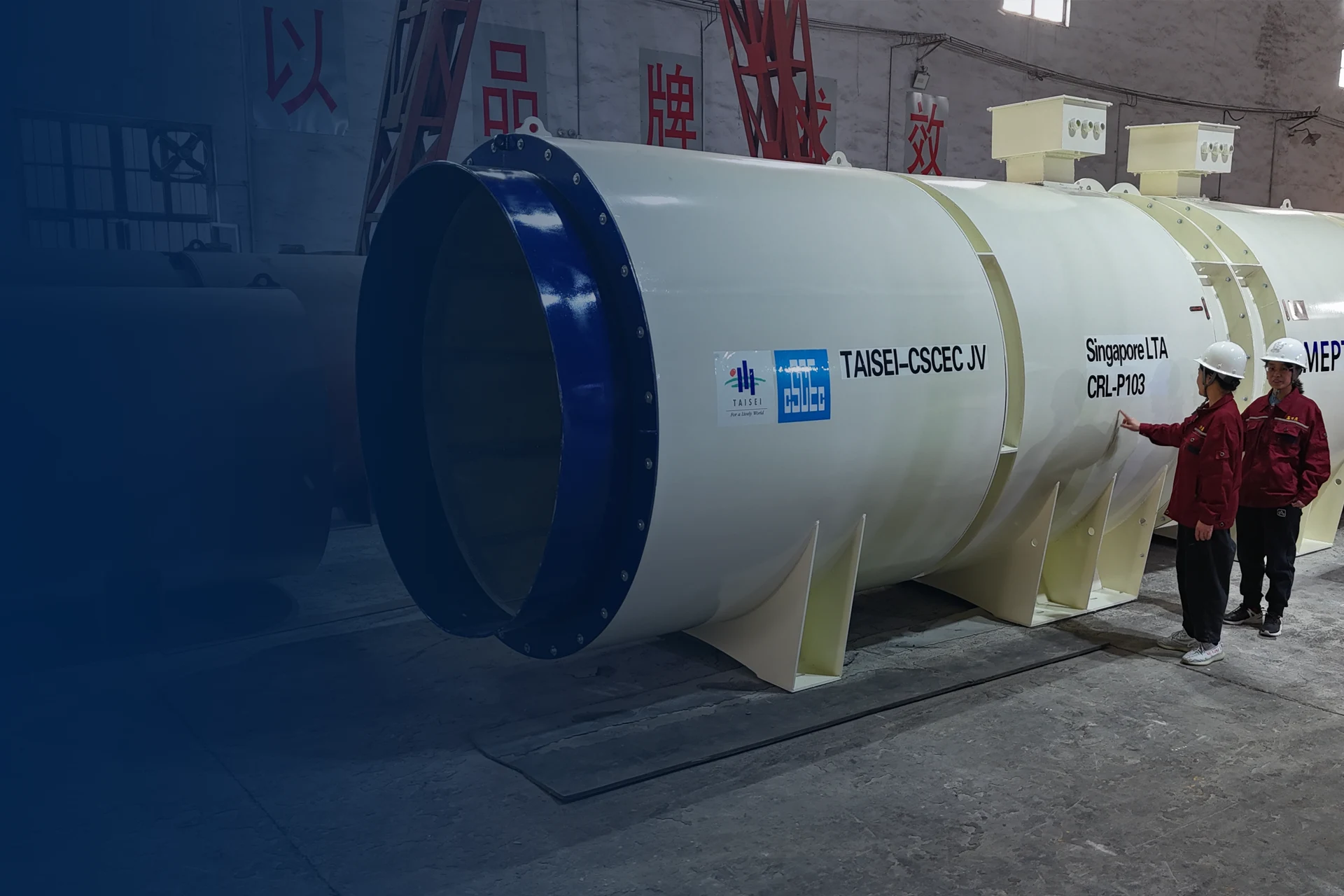Instructions for Wiring and Installing Variable Frequency High-Pressure Blowers
Release time:
Jan 22,2025
Source:
Variable frequency high-pressure blowers typically use advanced frequency conversion technology to achieve stepless adjustment of air volume and efficient operation.
Wiring and Installation Instructions for Variable Frequency High-Pressure Blower
1. Blower Wiring Instructions
Variable frequency high-pressure blowers typically use advanced frequency conversion technology to achieve stepless adjustment of air volume and efficient operation. Before wiring, please ensure that the power supply is disconnected and follow the steps below for wiring:
1. Identify the power and control wires: The blower is usually equipped with power and control wires, ensure correct distinction between the two.
2. Connect the power wires: Connect the three phases of the power wires to the corresponding three power terminals of the blower, ensuring a secure connection.
3. Connect the control wires: Connect the control wires to the control interface of the blower, ensuring the connection of the control wires is correct.
4. Check the wiring: After completing the wiring, carefully check that all connections are secure to avoid poor contact or short circuit.
2. Blower Installation Instructions
To ensure the normal operation and safety of the blower, the following steps must be followed during installation:
1. Choose a suitable installation location: Ensure the installation environment is clean and well-ventilated, facilitating daily maintenance and inspection.
2. Secure the blower: Use appropriate fastening devices to secure the blower in the designated position, ensuring the blower is stable.
3. Connect the ducts: Connect the air ducts as needed, ensuring the duct connections are tight and leak-free.
4. Grounding: Ensure reliable grounding for the blower to ensure safety.
5. Check the installation: After installation, carefully check that the blower and its accessories are installed correctly, ensuring nothing is overlooked.
3. Precautions
1. When wiring, be sure to disconnect the power supply to avoid electric shock.
2. Follow the wiring and installation guidelines provided by the blower manufacturer to ensure correctness.
3. During installation, take care to protect the blower and its accessories to avoid damage.
4. Regularly check the operating condition of the blower; if any abnormalities are found, please stop the operation immediately and contact professional maintenance personnel.
5. Do not perform any maintenance or adjustment operations while the blower is running to avoid danger.
In summary, the wiring and installation of variable frequency high-pressure blowers must follow the manufacturer's guidelines to ensure correctness. To ensure the normal operation and safety of the blower, it is recommended that operations be performed by professionals. If you have any questions or need assistance, please contact the manufacturer or professional maintenance personnel in a timely manner.
Key words:
Tunnel Fan
CIFEKOH
Previous Page
Related News
What are the classifications of fans?
Fans are ventilation and gas delivery devices widely used in industries, construction, environmental protection, and other fields.
The definition and uses of fans.
A fan, also known as a ventilator, is a device that utilizes the movement of gas to achieve energy conversion and gas transportation.
The Wonderful Uses of Blowers: From Exhaust to Speed Regulation
Blowers have a wide range of applications in our daily lives, and their main function is to provide forced airflow to meet various needs.
The main characteristics of VOC fans.
VOC fans, or volatile organic compound fans, are specially designed fan equipment used to handle air emissions containing VOCs.
Can a variable frequency high-pressure blower operate under overpressure?
The variable frequency high-pressure blower is a device that can adjust its speed and airflow according to demand, widely used in various industrial and commercial environments.




